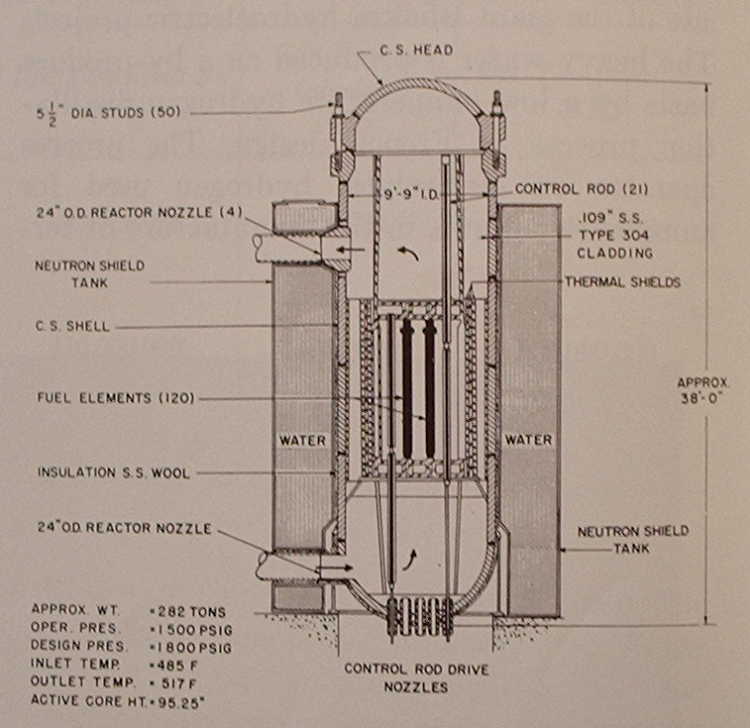


We therefore sought an alternative strategy, and subsequently identified that dry ice could be easily used as a solid source of CO 2 that could be added to a variety of reaction vessels to introduce the necessary amount of carbon dioxide to achieve moderate pressures ( Figure 1). Furthermore, increasing the pressure slightly led to improved reaction yields, but could not be easily achieved using a Schlenk line. This strategy was expected to combine the benefits of a static directing group approach including amide 24, 25, 26, 27, 28, sulfonamide 29, 30, 31, 32, thiocarbonyl 33, 34, or hydrazone 35-based directing groups (chemical robusticity), with the ease of a transient directing group (decreased step economy) 36, 37, 38, 39.Īlthough the reaction could occur under atmospheric pressure of CO 2, the need for a Schlenk set-up to screen reactions proved prohibitively slow. We recently discovered a reaction in which carbon dioxide could be used to mediate the γ-C( sp 3)–H arylation of aliphatic amines 23. Recent efforts to develop more reactive catalysts, however, have facilitated running many of these reactions under atmospheric pressures of CO 2 19, 20, 21, 22. One reason for this is that many transformations that involve CO 2 also require high temperatures and pressures, and thus are automatically relegated to specialized reactors 17, 18. One gas which has not enjoyed significant development in this respect is carbon dioxide 16. Another gas of interest in this area is carbon monoxide 8 – CO can be generated in situ by liberation from metal carbonyl complexes 9, 10, or alternatively it can be generated by decarbonylation from sources such as formates and formamides 11, 12, 13 or chloroform 14, 15. Transfer hydrogenation is an important strategy for reduction reactions of olefins, carbonyl, and nitro groups that circumvents the use of flammable hydrogen gas with compounds such as ammonium formate or hydrazine as carriers of H 2 7.
#Reaction vessel meaning free#
Ammonia can be added to reactions using different ammonium carboxylate salts, taking advantage of the weak equilibrium between these salts and free ammonia 6. As a result, chemists have found it desirable to introduce these compounds using alternative methods. This can therefore greatly slow the rate at which reaction screening can proceed. Although useful, these strategies require the use of specialized pressure reactors with valves, which can be cost prohibitive for running numerous reactions in parallel. An alternative method is to condense the gas under cryogenic conditions 4, 5. At bench scale, some gases can be added directly from a tank using a high pressure regulator 3. The use of gaseous compounds in chemical reactions typically requires specialized equipment and procedures 1, 2.


 0 kommentar(er)
0 kommentar(er)
